What is a cataract?
We’re all born with a natural lens inside our eyes. When we’re younger, that lens is crystal clear. As we age, our natural lens first becomes stiff and later becomes cloudy.
When the lens stiffens, we first start to lose our “range” of vision. This is the reason that people begin to need reading glasses or bifocals around the age of 50.
Next, our natural lens starts to become cloudy. At first, this affects the quality of our vision in certain lighting situations, such as while driving at nighttime or trying to read in dim lighting.
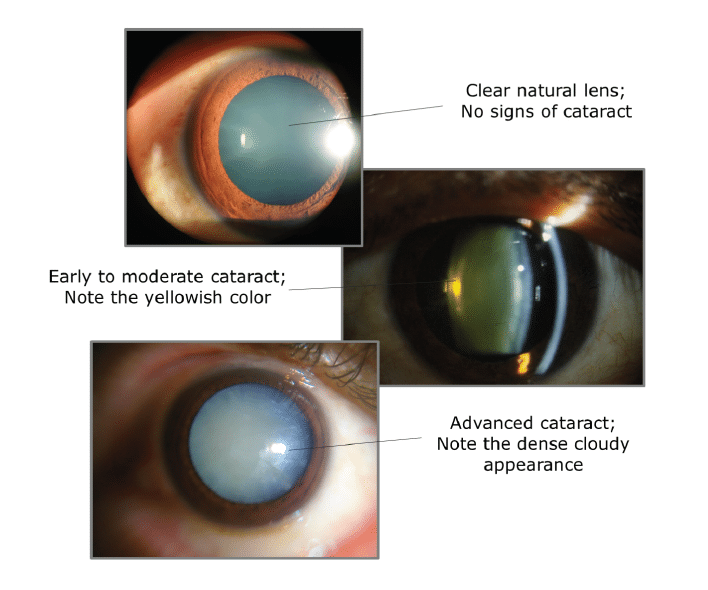
Finally, the entire lens becomes more and more cloudy, impairing vision in virtually all situations. Instead of looking through the crystal clear lens we were born with, our vision begins to look like we’re trying to see through a dirty window, which makes common tasks like driving, reading, and watching television difficult.
Cataracts are a normal part of “having birthdays”… Which is our nice way of saying that cataracts are a normal part of the aging process of our eyes.
Essentially everyone over the age of 60 has at least the early stages of cataracts.
How Are Cataracts treated?
Cataracts are fixed with cataract surgery! There aren’t any eye drops or medicines that can do the job.
Simply put… In cataract surgery, the cloudy cataract is removed, and a crystal clear new lens implant is put in its place. The entire procedure can take only 10-15 minutes in the hands of an experienced surgeon.
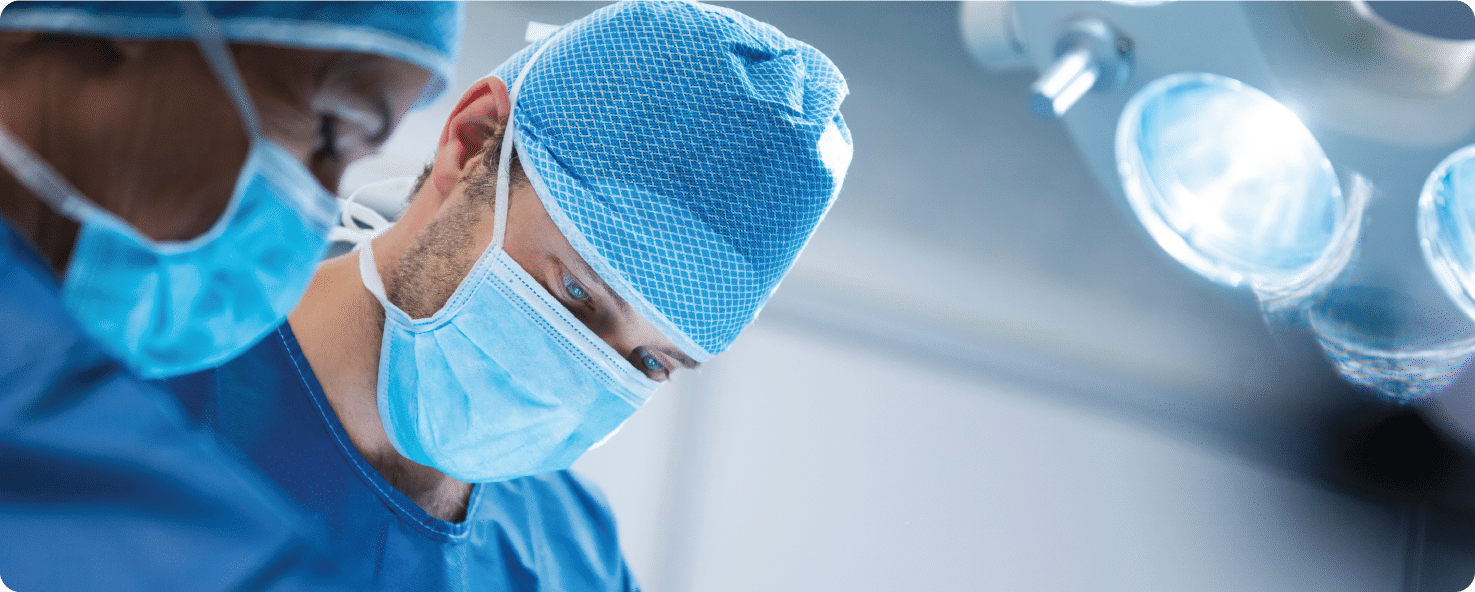
In Modern Cataract Surgery, everyone gets a lens implant… and the lens implants used can correct your need for glasses and contacts lenses. Even better… because the growth of cataracts is the main reason that most peoples’ glasses prescription changes as they age… once your cataracts are removed your prescription typically remains stable for the rest of your life.
That means if your surgeon gets you freedom from glasses during your cataract surgery… you may be glasses-free for the rest of your life!
What Steps Are There Before Having Surgery?
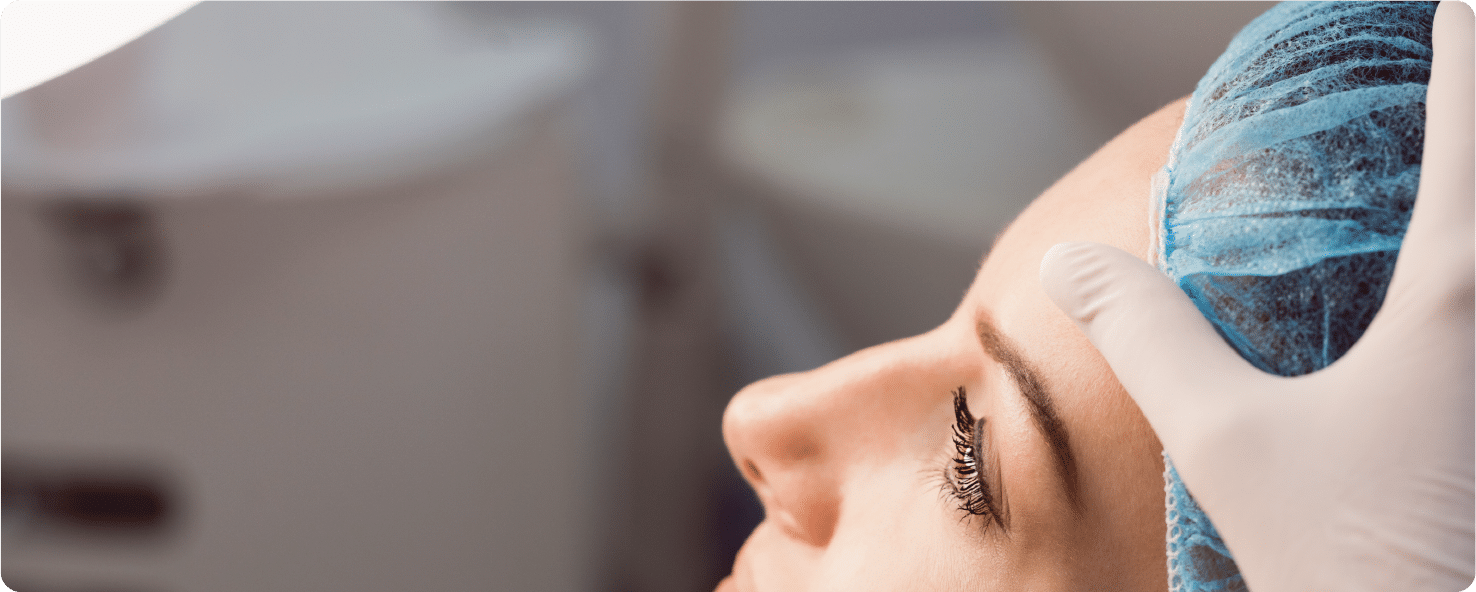
1.) Have an Eye Exam.
First, you’ll need an eye exam to confirm that cataracts are the cause of your blurry vision symptoms and not some other eye condition. There are many other causes of blurry vision such as glaucoma and macular degeneration, and before choosing to have cataract surgery, it’s important to make sure that cataracts are the cause of your vision symptoms.
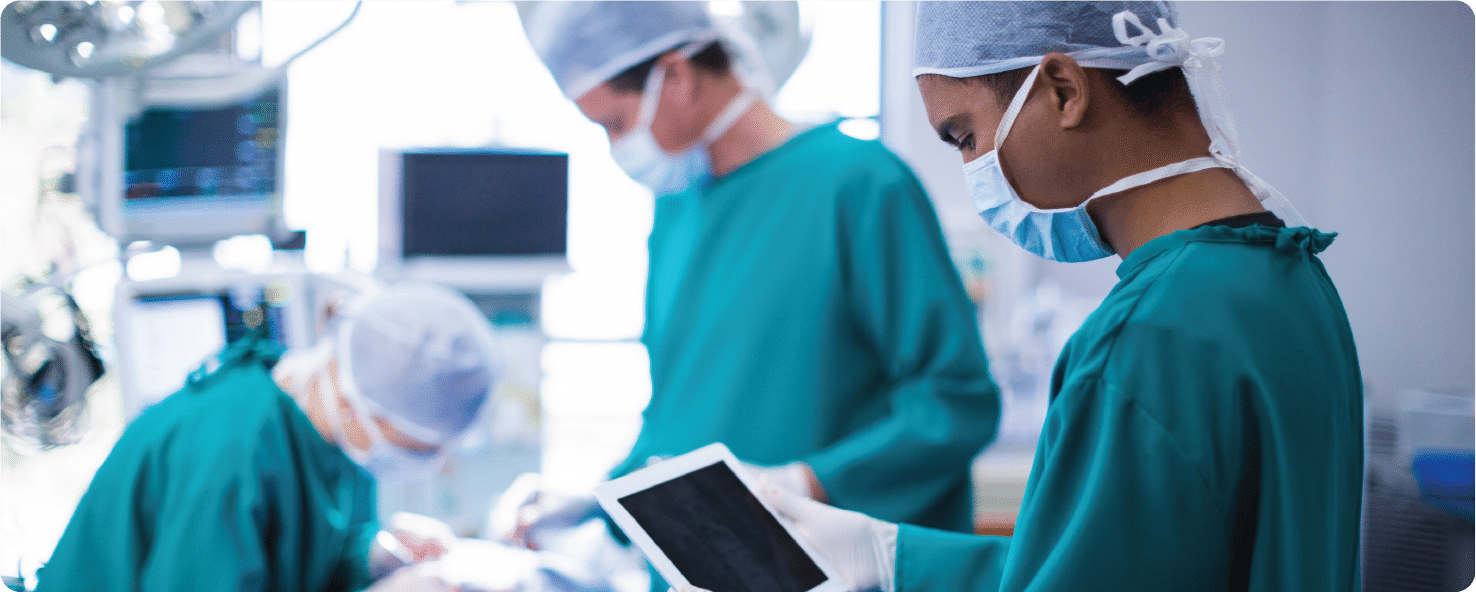
2.) Get Measurements Taken.
After your cataracts are diagnosed, you’ll have a series of measurements taken on your eyes to help select the best lens implant.
These measurements are performed with a variety of specialized cameras in your doctor’s office and are basically like having pictures taken. The devices typically have chin rests where you’re positioned with the assistance of your doctor’s staff. They typically instruct you to look at a light or a target while the pictures and measurements are taken.
These measurements will help your surgeon decide which lens implant is right for you.
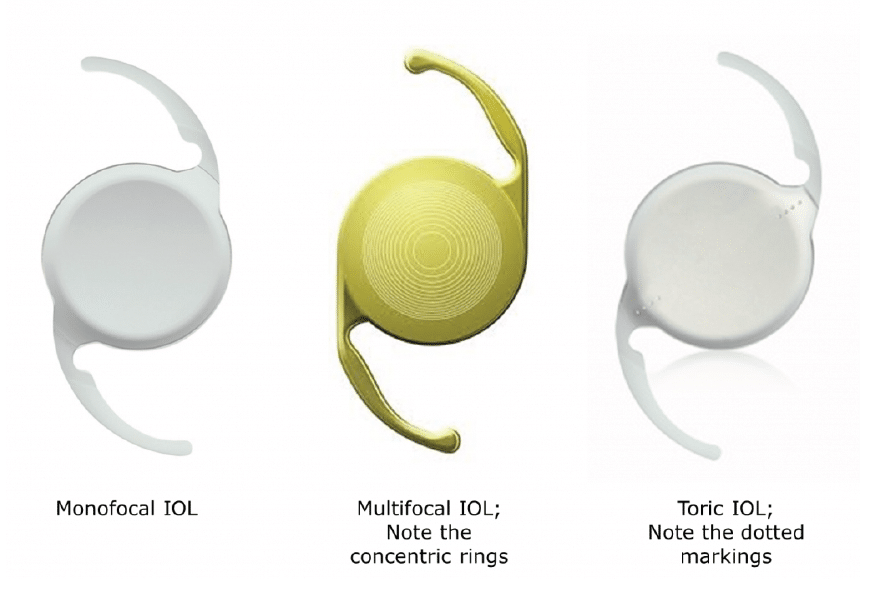
3.) Your big decision — Choosing your new vision.
Modern cataract surgery has advanced tremendously over the past 30 years to give patients a variety of options for how they’d like their vision to look after surgery. That’s right… you get to choose what your vision looks like after surgery.
**First — Let’s discuss what you should not worry about…
When it comes to lens implants, don’t focus on the technology… instead… you should focus on the outcome, or your ‘goal’ for your vision after surgery.
There are many, many different types of lens implants, made by many different companies. This variety is a good thing, and in-depth knowledge of the many options is what makes your surgeon an expert. However, it can be impractical, and even misleading for most patients to try to understand the advanced optics and engineering features that make one lens model different from another. Instead, what you should be concerned about and what you should discuss in detail with your surgeon, is how your vision will look after surgery and how independent you’ll be from glasses.
Modern cataract surgeons have this variety of options to choose from so that they can customize your surgery to your eyes to reach your vision goals. So while you shouldn’t worry about which brand of lens you get, or whether its a monofocal, multifocal, toric, or the engineering specifications of the lens… You should have a discussion with your surgeon about how your vision will look after surgery and whether you’ll be free from glasses afterward.
Next let’s discuss the different options most patients will have for their new vision after modern cataract surgery…
What Options Do Patients Have For Their Lens Implants & Vision After Surgery?
As we mentioned in the last section, in Modern Cataract Surgery most patients can choose how they want their vision to look after surgery, and they can customize their vision to their lifestyle to have independence from glasses.
Here are the options that patients considering cataract surgery have to choose from:
1.) Best Distance Vision in Both Eyes
2.) Best Near Vision in Both Eyes
3.) “Monovision” or “Blended Vision”
4.) Multifocal Vision
Let’s review each of these options in detail so you can make the best decision to suit your lifestyle:
1.) Best Distance Vision in Both Eyes
Just like the name sounds… If you choose to have the “Best Distance Vision in Both Eyes”, then your surgeon will choose a modern lens implant and surgical plan to give you the best distance vision in both eyes!
This means that you should expect to be free from glasses for ‘distance vision activities like driving, watching television, seeing faces across the room, seeing a golf ball far away, and other outdoor activities.
However, you should expect to need reading glasses for your near range activities… but these will typically only need to be inexpensive, over-the-counter, reading glasses (a.k.a. “cheaters”). The activities you may need them for include reading books or a cell phone, and possibly using a desktop computer may require a weak pair of “computer glasses”.
If your doctor is able to get you great distance vision and freedom from prescription glasses, this can often be for the rest of your life, saving you thousands of dollars on expensive bifocals and trifocals that end up having to be replaced every 2-3 years.
2.) Best Near Vision in Both Eyes
Just like the name sounds once again… in this option, your doctor will work with you to set your vision in both eyes for near range activities. Some patients prefer their near vision to be set for the computer screen range, while others may want it to be set for closer.
If you choose this option, then you should expect to need glasses for distance vision activities such as driving.
Only a small number of patients tend to choose this option, as most patients prioritize freedom from glasses for distance vision activities (like driving), and are able to easily use inexpensive over-the-counter reading glasses as-needed.
3.) “Monovision” or “Blended Vision”
With “Monovision” or “Blended Vision” patients can expect to have independence from glasses for both distance and near range vision.
In this option, one eye is set for distance vision, and the other is set for a near or intermediate range vision. Even though one eye is better for distance, and the other for near… when both eyes are open… your brain will blend the two eyes together to give patients a range of vision.
Many patients get used to this over the years with contact lenses or LASIK, and know they like it before cataract surgery. But many patients experience blended vision for the first time after cataract surgery, and enjoy a life free from glasses for a larger range of activities.
This is a great option for many patients to achieve freedom from both distance and reading glasses.
4.) Multifocal Vision
“Multifocal Vision” means that both of your eyes are able to see clearly at distance and near ranges. This is achieved by your surgeon implanting a lens implant that acts like a bifocal or trifocal inside your eyes. With this type of lens implant both of your eyes should have excellent distance vision without glasses… AND… both of your eyes should have excellent near vision without glasses.
Sounds like the best option… right?
While these lenses are outstanding… they’re not perfect.
To achieve “Multifocal Vision” your surgeon will use a “Multifocal Implant”. There are many different brands and types of Multifocal Implants on the market, and they all function slightly different from one another.
Some provide better near vision, while others provide better intermediate range vision. Some of these lenses can cause symptoms such as glare and halos after surgery and are not suitable for all patients, especially those with other eye conditions such as advanced glaucoma or macular degeneration.
These are amazing lenses when used in patients who are good candidates for them in the hands of experienced surgeons… If you’re a good candidate, they can help you achieve excellent glasses-free vision at all ranges. If you’re considering “Multifocal Vision” it’s even more important for you to choose an expert surgeon who has experience with these lenses.
What’s the Day of Surgery Like?
You’ve now got your diagnosis. You’ve had your measurements. You’ve chosen how you’d like your vision to be, and your surgeon has selected the implants that best suit your lifestyle and your vision goals… Now you’re ready for surgery!
Most people’s cataracts are similar between their two eyes. As a result, most people choose to have cataract surgery on both of their eyes around the same time. However, both eyes are typically not done on the same day. In the United States, and most countries, surgery is only performed on one eye at a time. The surgery on your second eye is typically a few days to a few weeks after your first eye. One of the reasons this is done is because your vision for the first few days can be blurry after surgery, and it’s nice to be able to rely on your other eye for doing your basic activities during this early phase of the healing process.
The surgery itself is quite short. Typically 10-15 minutes. However, your entire day at the surgical center will likely be several hours. Most of this time is spent preparing you for surgery, such as dilating your eye with eye drops, checking basic vital signs, administering sedation, and other preparatory steps.
If you’re having laser cataract surgery, the laser part is performed first. Lasers are just a special type of light. The energy from the light is able to focus inside your eye to perform some of the delicate steps of the surgery in a highly automated and consistent manner. Your laser experience should be painless, and you’ll get to experience a brief light show while the laser does its magic.
Next you’ll be wheeled into the operative suite and the sedation will kick in. You’ll see a variety of lights and shadows through the short procedure, but you should be relaxed and comfortable through the entire process.
Modern Cataract Surgery has become so comfortable and routine that many patients are choosing to have it many years earlier so that they can benefit from more years of improved vision & independence from glasses.
Of course… Every surgeon is different and there can be differences in your experience based on your surgeon. So be sure to ask your surgeon any question you may have about the surgery day experience & the entire process. While we want to give a thorough overview, this website is not a substitute for discussing all of these matters with your surgeon. Yet another reason why we recommend carefully choosing an experienced surgeon… In addition to helping you achieve outstanding vision, an experienced surgeon will make sure you’re kept comfortable through the entire process.
What Will My Vision Be Like After Cataract Surgery?

1.) Right after surgery.
Most patients have a follow-up visit on either the same day of surgery (a few hours after the procedure) or the next day. Vision is usually pretty blurry at this visit due to inflammation and swelling. Whether you have surgery on your knee or hip or eye, there’s always inflammation and swelling. When this swelling occurs in the front part of the eye, it causes the vision to be blurry. As the swelling and inflammation go away over the first few days, your vision should gradually sharpen up each day.
For routine cataracts, vision can already be quite good in many patients just 1-2 days after surgery.
The “full” healing time after cataract surgery, on average, takes about 1 month. However, the vast majority of healing and recovery of vision is in the first few days after your procedure. Every patient is different, and some very advanced cataracts can require long periods of time for healing, or even multiple surgeries to finish the job. But on average… for most patients… your vision can be quite good, and better than it was before surgery, in just a few days.
It’s quite common for patients who had routine surgery and are healing at the normal rate to have surgery on their other eye 1-2 weeks, or sooner, after their first eye.

2.) A few weeks after surgery.
If the only problem with your eyes is your cataracts, then your vision after successful cataract surgery should be 20/20 or very close to it!
A major part of the pre-operative discussion with your surgeon during your consultation should involve discussing expectations for what your vision will be like after surgery.
Will you choose a lens implant to give you clear distance vision or near vision? Or both? Should you expect to require glasses or contact lenses after surgery? And if you will require glasses… will you need bifocals? Do you have any other eye conditions that will limit the clarity of your vision after surgery or impact the lens implant you choose?
Modern cataract surgery is able to get most patients long-lasting clear vision without the need for glasses or contact lenses. That means, for most patients, at the same time the cloudy cataract is replaced with a crystal clear implant, your surgeon can also fix your glasses prescription & astigmatism at the same time!
Having a thorough discussion about your vision goals before surgery will allow your surgeon to choose the right implant and surgical technique for you, and will give you the best chance to reach your vision goals after surgery.
Because the growth of your cataracts is the major reason your prescription changes after the age of 45… if your surgeon gets you free from glasses during your cataract surgery… then you should remain free from glasses for the rest of your life!
Now that you’ve had an overview of “The Basics” of cataract surgery, let’s discuss what you should look for in a surgeon, and some of the modern equipment & techniques that you should look for that have made modern cataract surgery safer & more effective than ever before.

